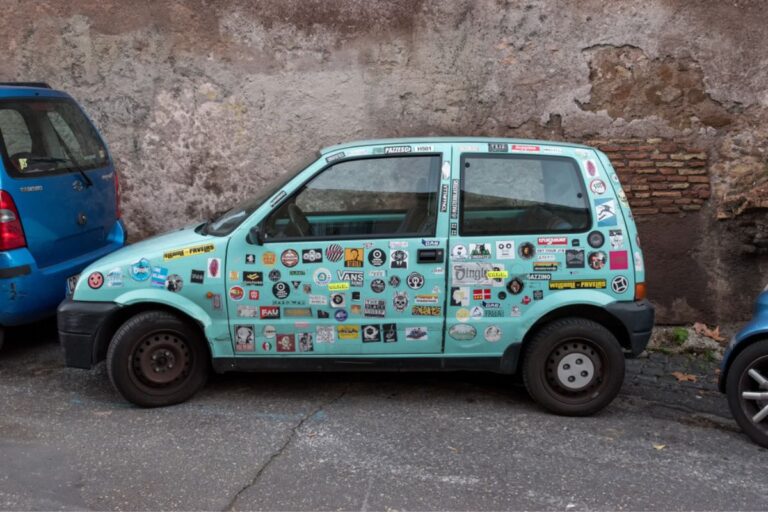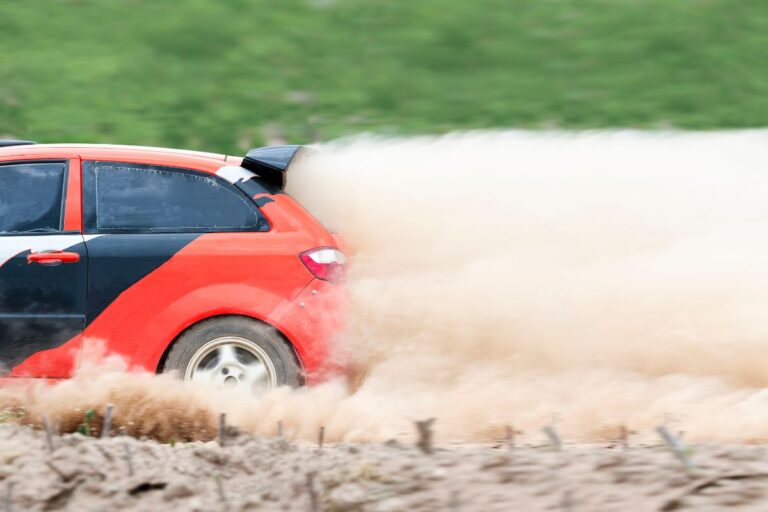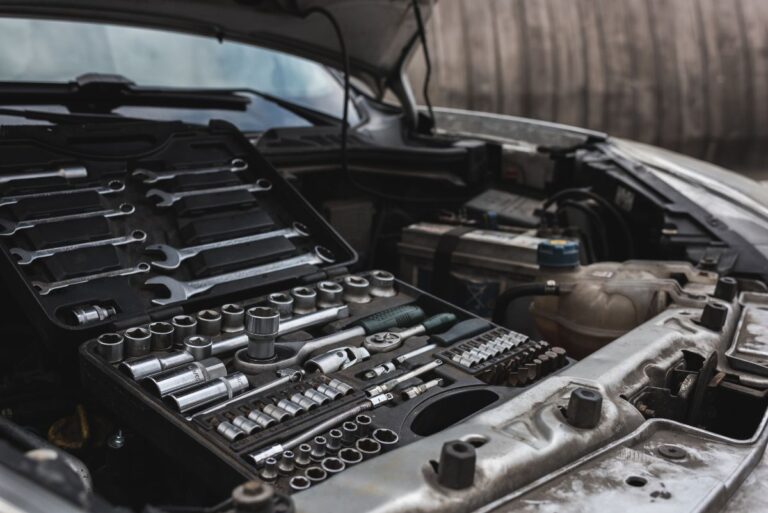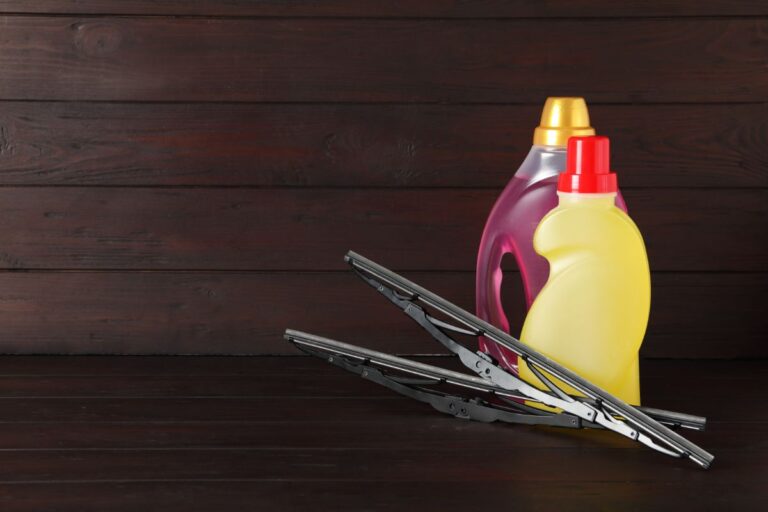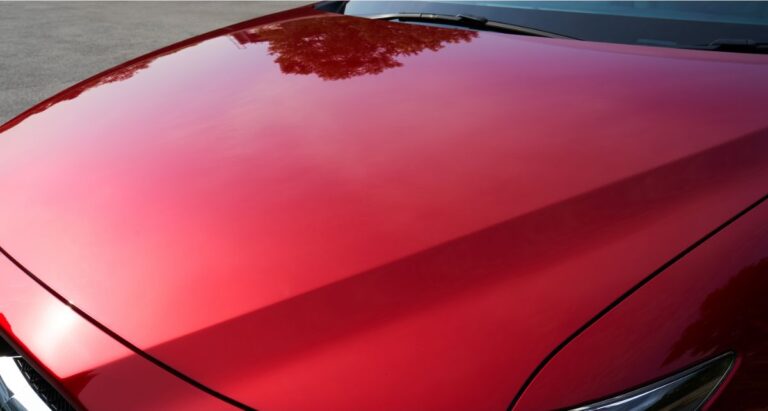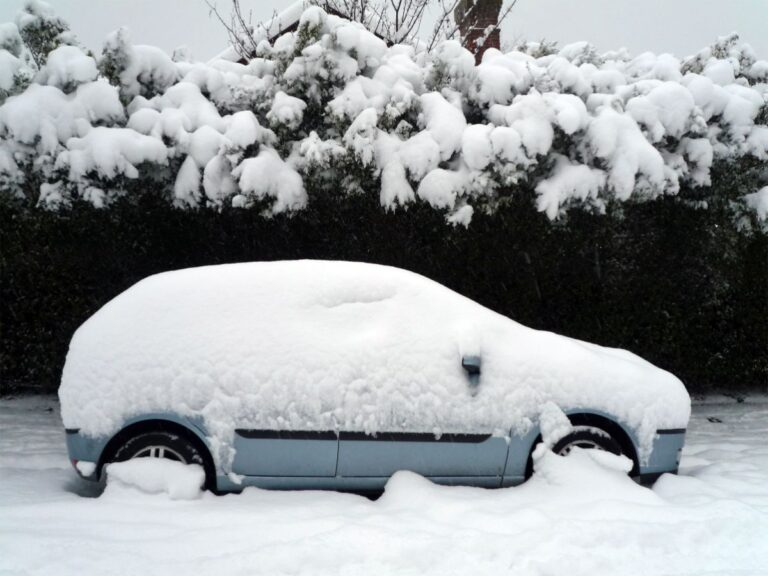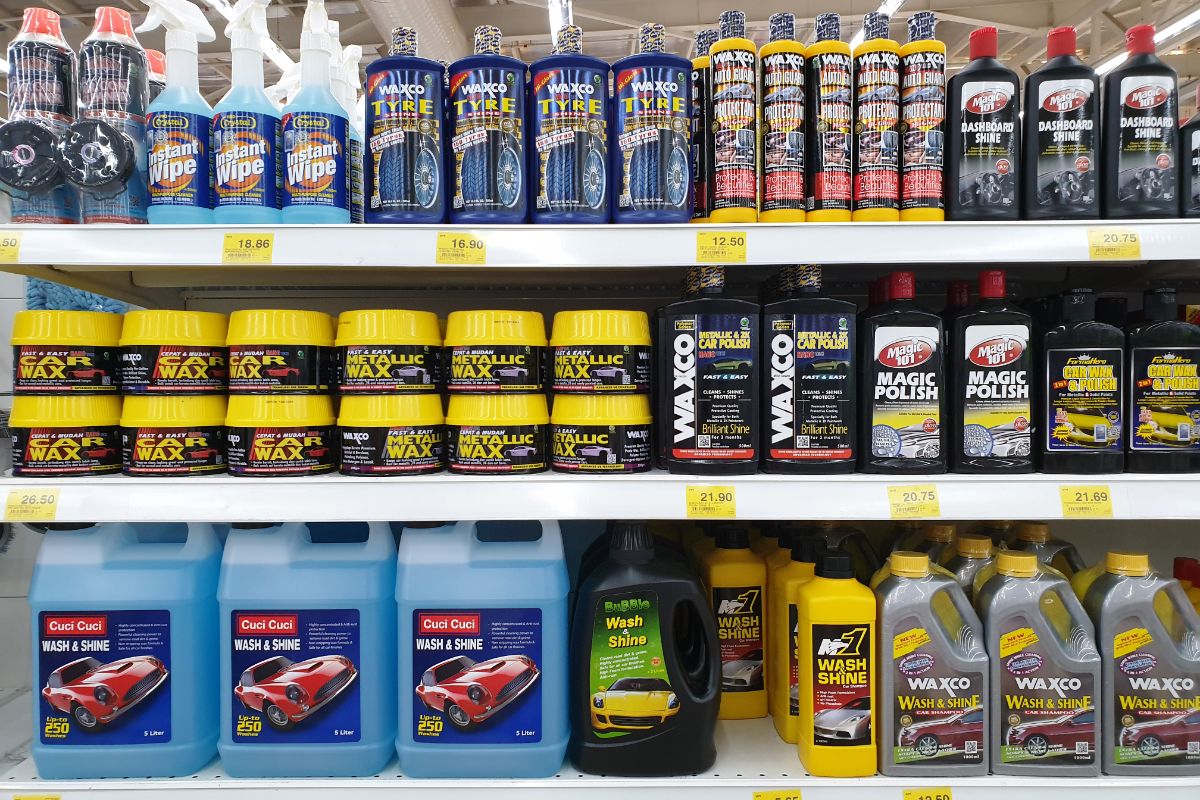
One of the most critical steps to caring for your car is waxing. Unfortunately, this is often the step that is commonly skipped.
For those who have not taken the time to wax their vehicle, they may think it is time-consuming and difficult. With the new wax options available, it is not as challenging as some might believe.
Waxing your car is a step you must take. It seals in the bright luster of your paint while protecting it from the environment, such as the sun, dirt, and debris. In some cases, it may be able to improve minor damage.
There are numerous different types of waxes for cars, each one a little different. To find which one is best for you, take a deeper look at each wax and its benefits.
What is Car Wax?
Car wax is a product that can be synthetic or natural, specially designed to provide a layer of protection to your vehicle. It also enhances its shine. Most waxes have some blend of carnauba wax and natural oils, petroleum distillates, or beeswax.
Other waxes are created with entirely synthetic substances, such as resins and polymers. These can act as a hardener and be a catalyst for shine.
Either type of wax adds a semi-permanent layer of protection to your car from UV rays, acid rain, and other airborne contaminants.
Types of Wax for Cars
With all the different kinds and types of wax for cars available, it can be challenging to decide which is the best one. This is an in-depth look into other waxes to help you make the best choice.
1. Natural Car Wax

Natural car wax is a blend of natural ingredients, most often plants. The most common plant that is used is the leaves from the Copernicia Cerifera palm tree. This tree is native to Brazil and creates the hardest wax. The wax is known as carnauba.
Carnauba has different grades. They are white and yellow. The age of the leaves dictates which color the wax will be. There are many other products made from carnauba.
Yellow wax is the most expensive, and it is pure plant wax. It is also the most common and popular wax because of the large amount of protection it offers vehicles.
Vintage car owners, in particular, like this product because of the deep shine it provides. But, unfortunately, it does not have a long life span.
White wax is blended with synthetic products and other waxes to make the final product less expensive.
Pros:
- Most natural option
- Provides a deep shine
- Ideal for vintage or dark colored cars
Cons:
- Expensive
- It needs to be re-applied every four months
2. Synthetic Car Wax
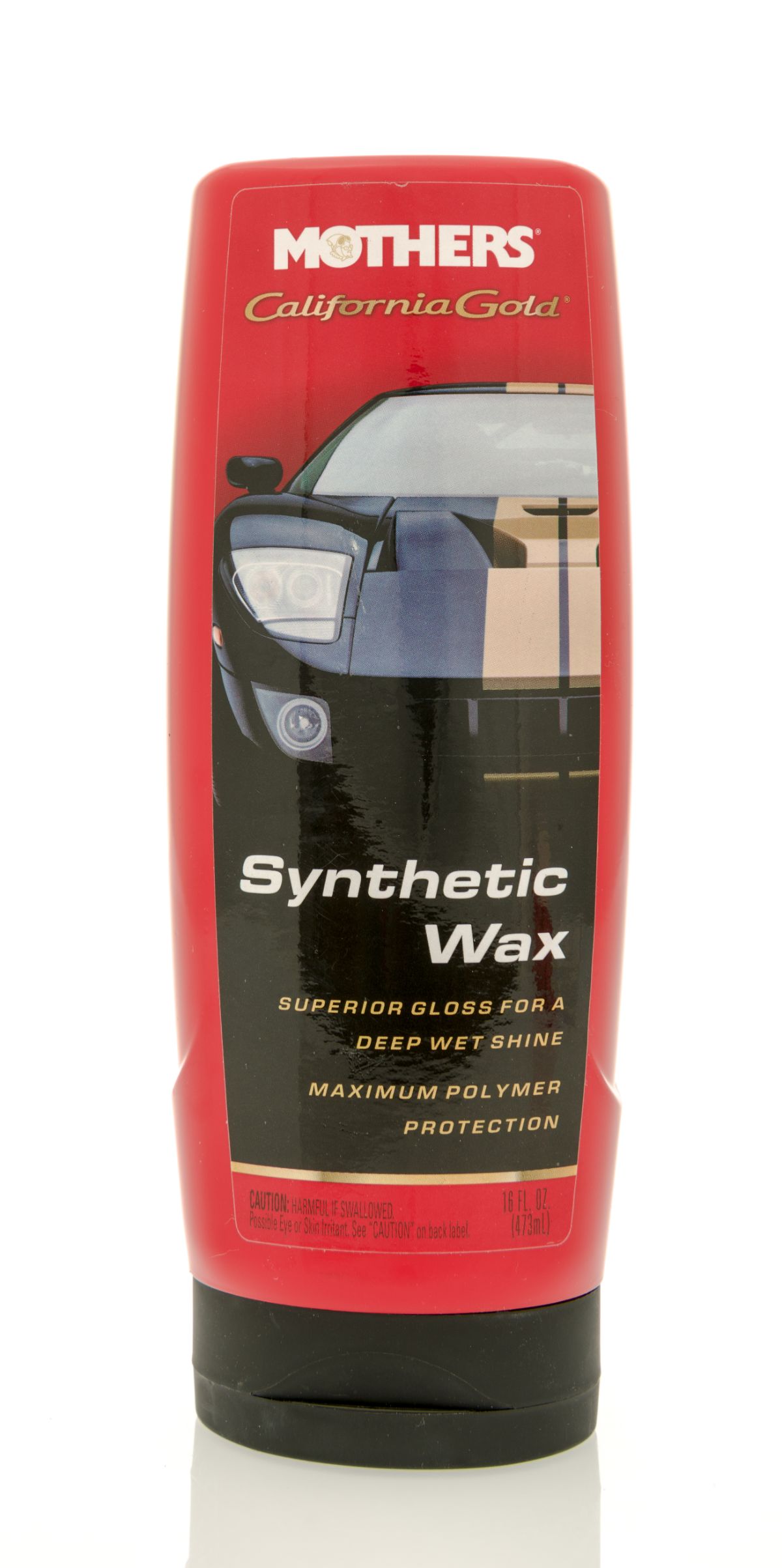
Synthetic car waxes are entirely artificial and created by chemicals that can bond with the paint. As a result, there could be trace amounts of carnauba in the products.
However, these waxes provide protection for your vehicle for as long as one year. Often this type of wax is referred to as paint sealant. Often, this type of wax contains a component that cleans the vehicle and strips away dirt.
It also offers better protection for the surface of the car. It takes less time to apply this type of wax, but it has an immediate impact. This is a more affordable option and is preferred by most car owners.
Pros:
- More affordable
- Lasts up to one year
- Easy application
Cons:
- It does not provide a deep shine or luster
- Completely manufactured product
3. Wash and Wax
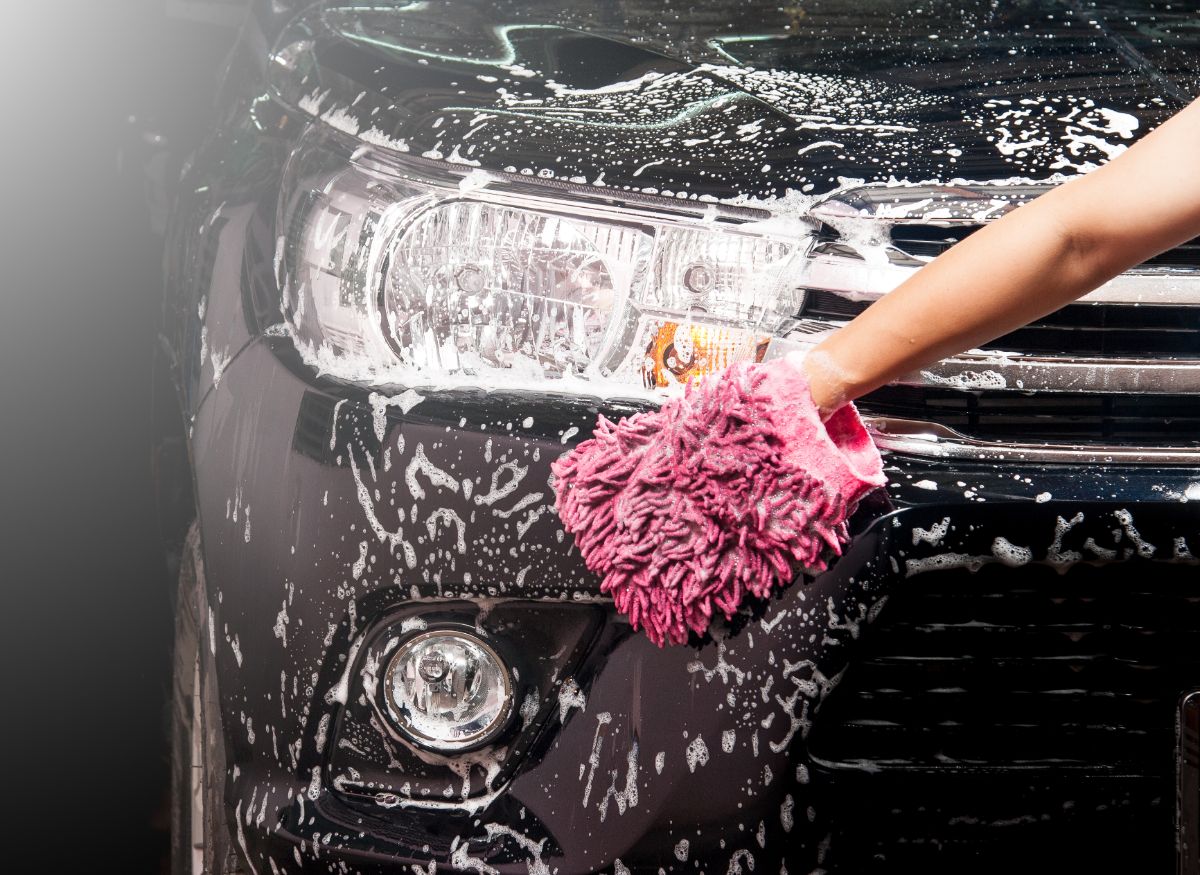
Wash and wax were created for the car owner that does not have a lot of time. For most wax applications, you must wash the car first to get rid of all the dirt and debris. However, car owners want to skip this step.
Wash and wax allow them to do that. This type of wax has compounds in it that let you wash and wax at the same time. So you do not have to wash your car yourself or take it to the car wash.
While this is a helpful and convenient way to wax your car, it is not intended to replace the full wax process. This is best when used between full waxes. Wash and wax do not provide the same amount of protection for your vehicle as a full wax.
Pros:
- Takes less time
- Fewer steps involved
Cons:
- Not ideal for use all the time
- Only intended for between full wax use
4. Paste Wax
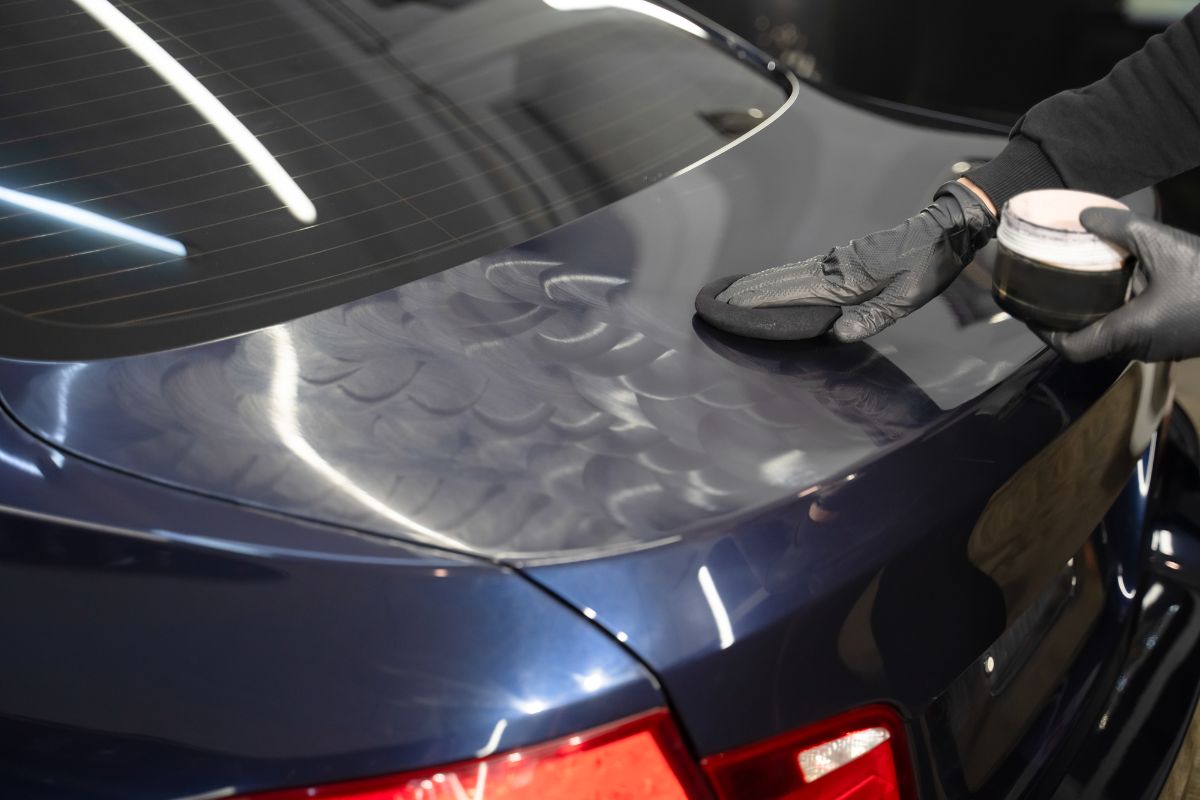
Paste wax is the most accessible type of wax to apply to a vehicle. It is ideal for those that are new to the car waxing process. This is also the oldest form of wax and often the most natural form.
This is a popular option for long-term and old school car lovers. It creates the best shine for your vehicle. It is brighter, with more gloss, and looks better polished. Water beads up better with paste wax.
Paste wax is used by professionals primarily because of the fantastic results. While it is easy to apply, some past wax has a hard texture. It is more challenging to work with, and it takes much more time.
Often you have to use special tools. Those using paste wax will have to spend a reasonable amount of time using it before they become skilled with it. Paste wax must be applied every few weeks. It is one of the most expensive types of wax.
Pros:
- Used by professionals
- Provides the best shine
Cons:
- Expensive
- Needs re-application every few weeks
5. Liquid Wax
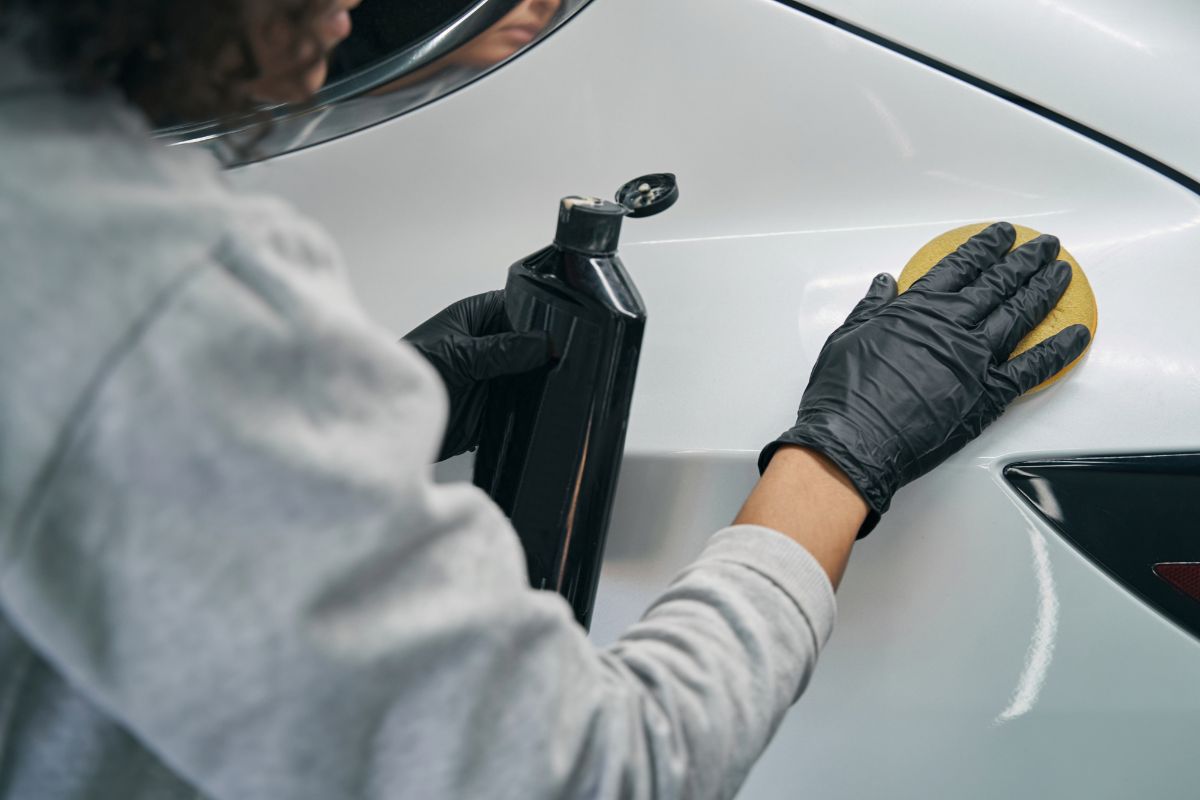
Liquid Wax is going to provide the longest-lasting shine for your car. It has a smooth texture which makes it simple and easy to apply. This type of wax is popular with everyday car drivers.
It does not need to be applied often. Liquid wax dries fast, making it a little more challenging to apply. However, once you are used to it, liquid wax will seem like a breeze to use.
Liquid wax is made with synthetic polymers. There are some liquid wax options that also contain carnauba wax. Caution should be used when shopping for liquid wax because some products may be abrasive and damage the car.
However, this is the most accessible type of wax to find. It is often sold in bottles that look like sunscreen.
Pros:
- Long-lasting shine
- Requires fewer applications
Cons:
- Some products may be abrasive
- Dries quickly
6. Spray Wax
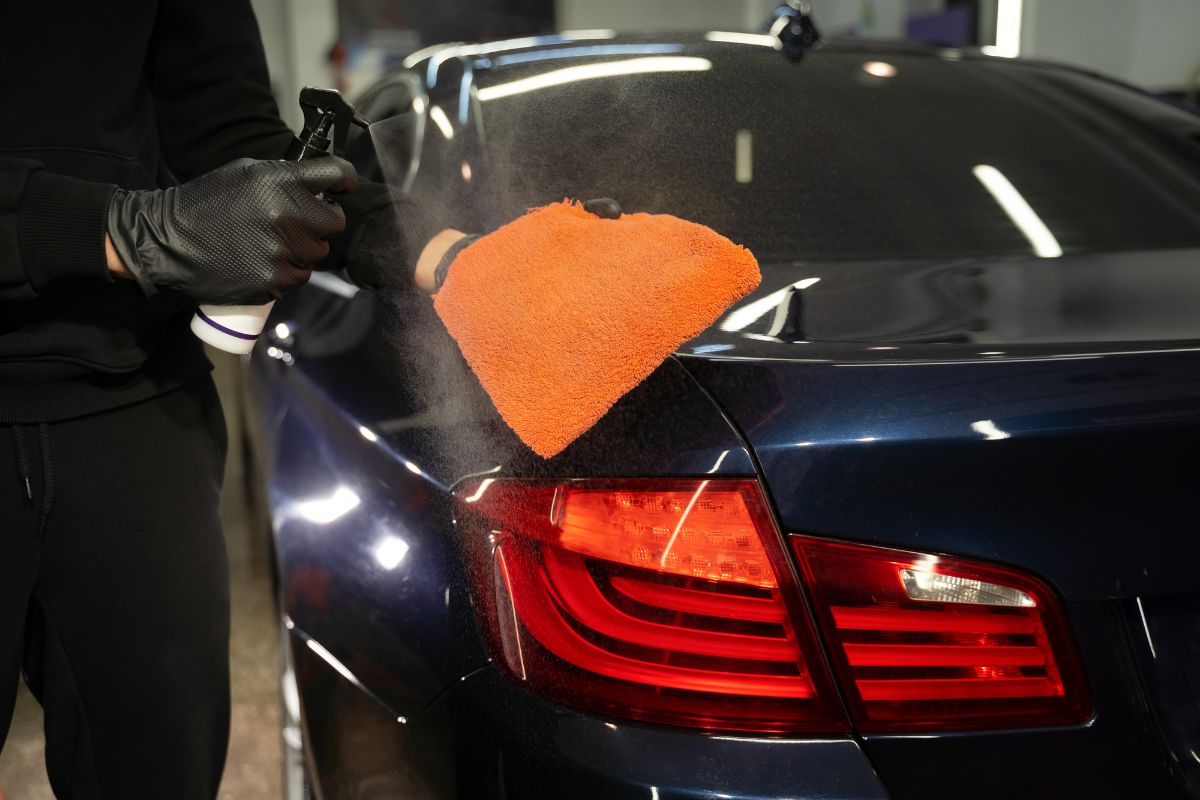
Spray wax is the perfect option for car lovers that are busy and do not always have time to spend waxing their cars. This type of wax is sprayed on the vehicle without the need for rubbing or polishing. This is an easy to use wax, but it does not last long.
Spray wax is ideal for spot cleaning or for use between full waxes. It is a great way to add some extra protection for your car or brighten up its current shine. Industry professionals refer to this type of wax as a booster or topper.
This is a great option to keep in your car cleaning supply tools. This type of wax is in a spray bottle which allows you to apply it precisely where you want it. In addition, spray wax is typically not abrasive to the surface of your car.
Pros:
- Easy and precise application
- Great to use as an addition to regular waxing
Cons:
- It does not provide long-lasting shine
- Not intended to replace a full wax
7. Rubbing Compound

Rubbing compound is the wax that professionals use. However, this is not often something an everyday driver is going to use to wax their car at home. Rubbing compound is a lot like polishing compound.
It can be more abrasive and is typically used when the paint needs some type of fix. It works well because the abrasives in the compound allow for deep scratches to be removed from the paint.
This is also why it should be used by professionals. If you try this at home and do not know what you are doing, you can seriously damage the paint on your car.
Pros:
- Works well to remove damage to the surface of the paint
Cons:
- Best suited for professional use
- Abrasive
8. Colored Car Wax
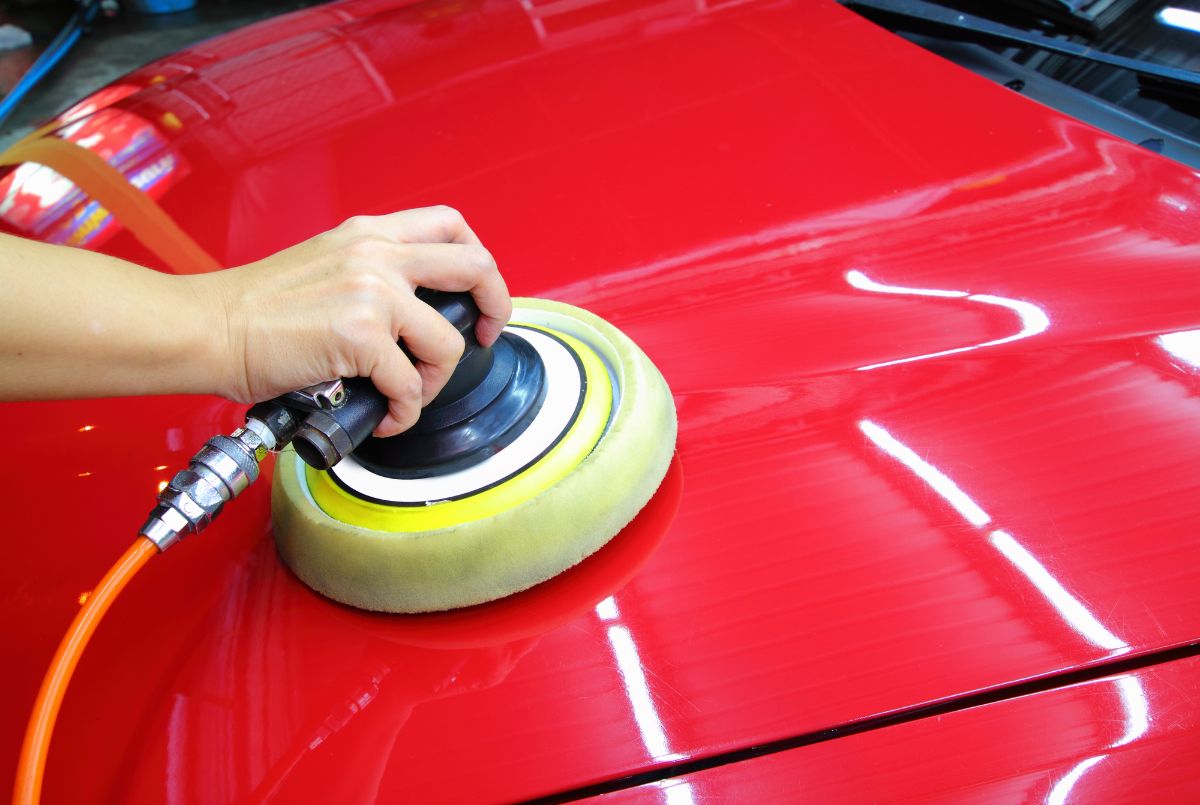
The concept behind colored car wash is that it is intended to match the color of the car’s paint. The idea is that it can fill in minor scratches in the paint while you wax.
Many professionals do not agree with the concept because there is a clear coat on top of the paint that is intended to protect the base layer. These types of wax products do not seem to work any better or differently than other waxes that are not colored.
Pros:
- Intended to help fill in minor scratches in the car’s paint
Cons:
- Professionals are not fans of the product
FAQs
How Long Will a Car Wax Last?
It is hard to say how long a car wax is going to last because there are a lot of factors. The most significant factors are the type of wax that was applied, whether or not it was a professional, and the environment.
However, the average wax job that is done at home should last about six weeks.
What Are the Benefits of Car Waxing?
There are numerous benefits to waxing your car. Just a few of them include that waxing prevents fading caused by ultraviolet rays, rain, salt, and dirt from the road. Waxing can protect your vehicle from fading prematurely.
Waxing helps protect cars from scratches that are often caused by grit, dirt, and rocks. In addition to protection, the wax provides a glossy shine to vehicles. Finally, it helps your car look showroom new.
How Long Should You Leave Wax On A Car?
Some things have to be cured before they’re fully functional. Car wax has to be cured before its protection properties come fully online.
It’s a good idea to wax and buff one panel at a time so the wax doesn’t dry before you get to it. Car wax dries within half an hour. It’s also a good idea to work out of direct sunlight for the obvious reason.
How Will You Know If Your Car Needs Waxing?
Run your hand along part of the car. If you feel the drag, then the wax needs re-waxing. If water beads up, you’re good. If water puddles or doesn’t bead at all, then the wax needs re-doing.
How Often Should You Wax Your Car?
Cars should be waxed three times per year. If you’ve never had your car waxed, don’t wait. Do it now. Once it’s done, then take your car in for waxing every three or four months.
Can You Use Waterless Wash And Wax When A Car Is Wet?
Yes, although the haze or cloudy part will take longer to materialize. You can use it just after washing your car so water spots don’t form on the paint.
Sources:

